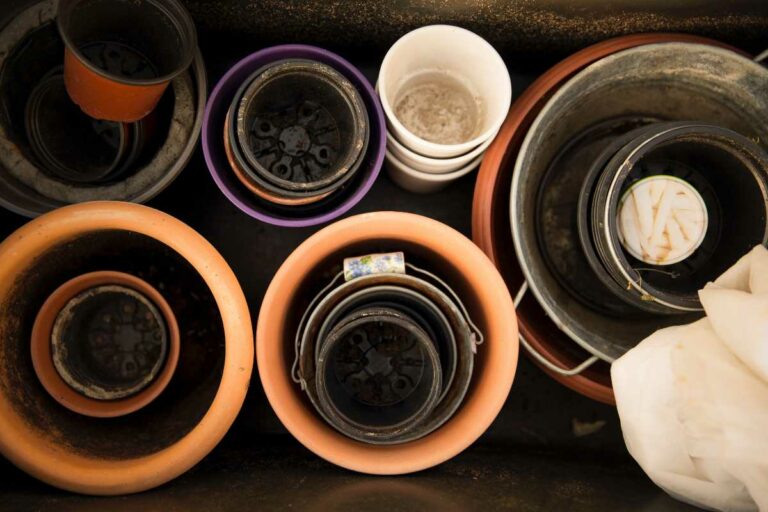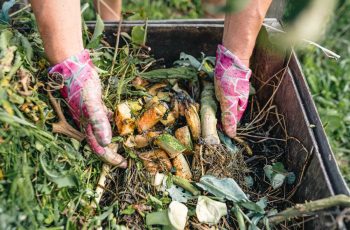Vermicomposting is an effective way to recycle organic waste into nutrient-rich compost using worms. This method is suitable for those with limited space, as worm bins can be kept indoors or on balconies, making it accessible for anyone interested in composting.

What is Vermicompost?
Vermicompost is the product of the vermicomposting process, consisting of worm castings and decomposed organic matter. It offers similar benefits to regular compost, enhancing soil health and promoting plant growth.
Benefits of Vermicomposting
- Disease Suppressant: Vermicompost helps protect plants from soil-borne diseases.
- Nutrient-Rich: It contains higher levels of phosphorus and nitrogen compared to regular compost.
- Water Retention: Its dense structure aids in moisture retention, benefiting various soil types.
- Microorganism Boost: Vermicompost is rich in beneficial bacteria and fungi that enhance soil health.
- Pest Control: It can deter pests without killing them, helping to maintain a balanced garden ecosystem.
Setting Up a Worm Bin
To create a vermicomposting system, gather materials such as containers (preferably opaque), a drill for aeration holes, and a stand. The bottom container acts as a drip tray to collect excess liquid. Ensure the bin is in a sheltered location, protected from extreme temperatures and direct sunlight.
Steps to Build Your Worm Bin:
- Prepare Containers: Drill holes for aeration and ensure they stack properly.
- Set Up the Drip Tray: Position the bottom container on bricks or a stand.
- Layer Bedding: Fill the top container with carbon-rich bedding like shredded cardboard or straw.
- Introduce Worms: Add red wigglers, allowing them to acclimate before introducing food scraps.
Maintenance Tips
Regularly check moisture levels, ensuring they remain between 70-80%. Avoid adding unsuitable items like citrus, meat, dairy, or treated wood. If odors arise, mix in more carbon-rich materials and aerate the bin.
Harvesting Compost
To harvest vermicompost, allow worms to migrate upwards into fresh materials. Remove the bottom container after a few weeks and use the compost, returning any stray worms to the top container.
Common Problems and Solutions
- Bad Odors: Caused by excess nitrogen; mix in carbon materials to absorb moisture.
- Fruit Fly Infestations: Cover food scraps and use breathable materials to deter flies.
- Worms Escaping: Adjust environmental conditions like temperature and moisture to retain worms.

Vermicomposting is a rewarding way to manage organic waste while enriching your garden. With proper care and attention, anyone can successfully compost with worms and enjoy the benefits of homemade, nutrient-rich soil amendments.


